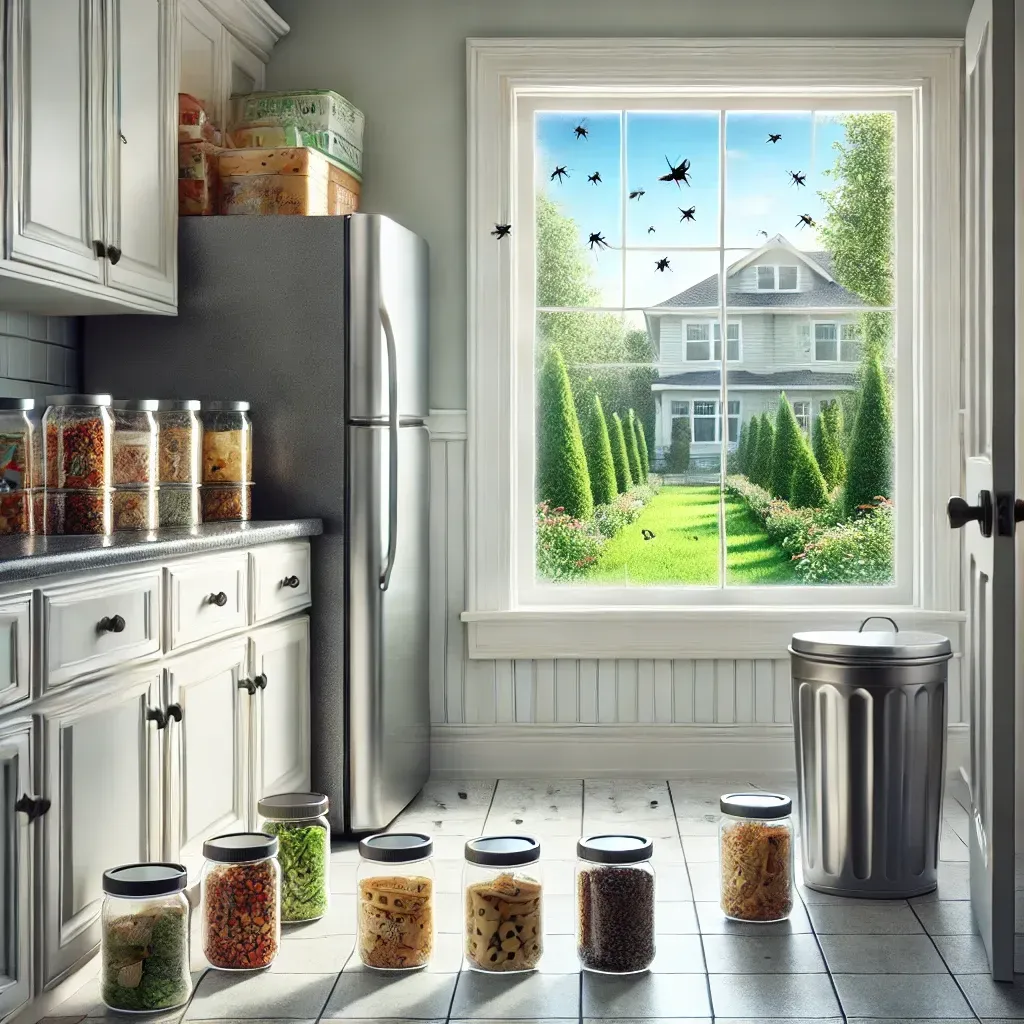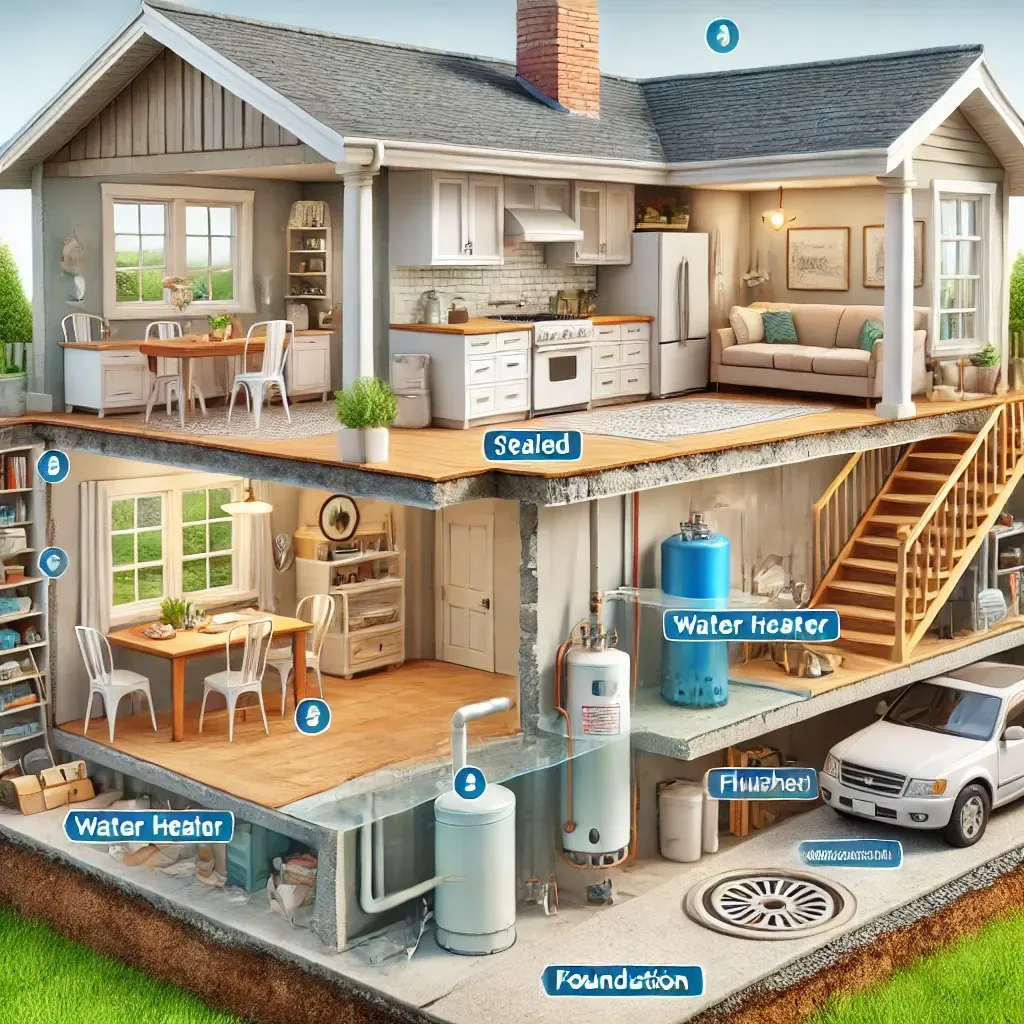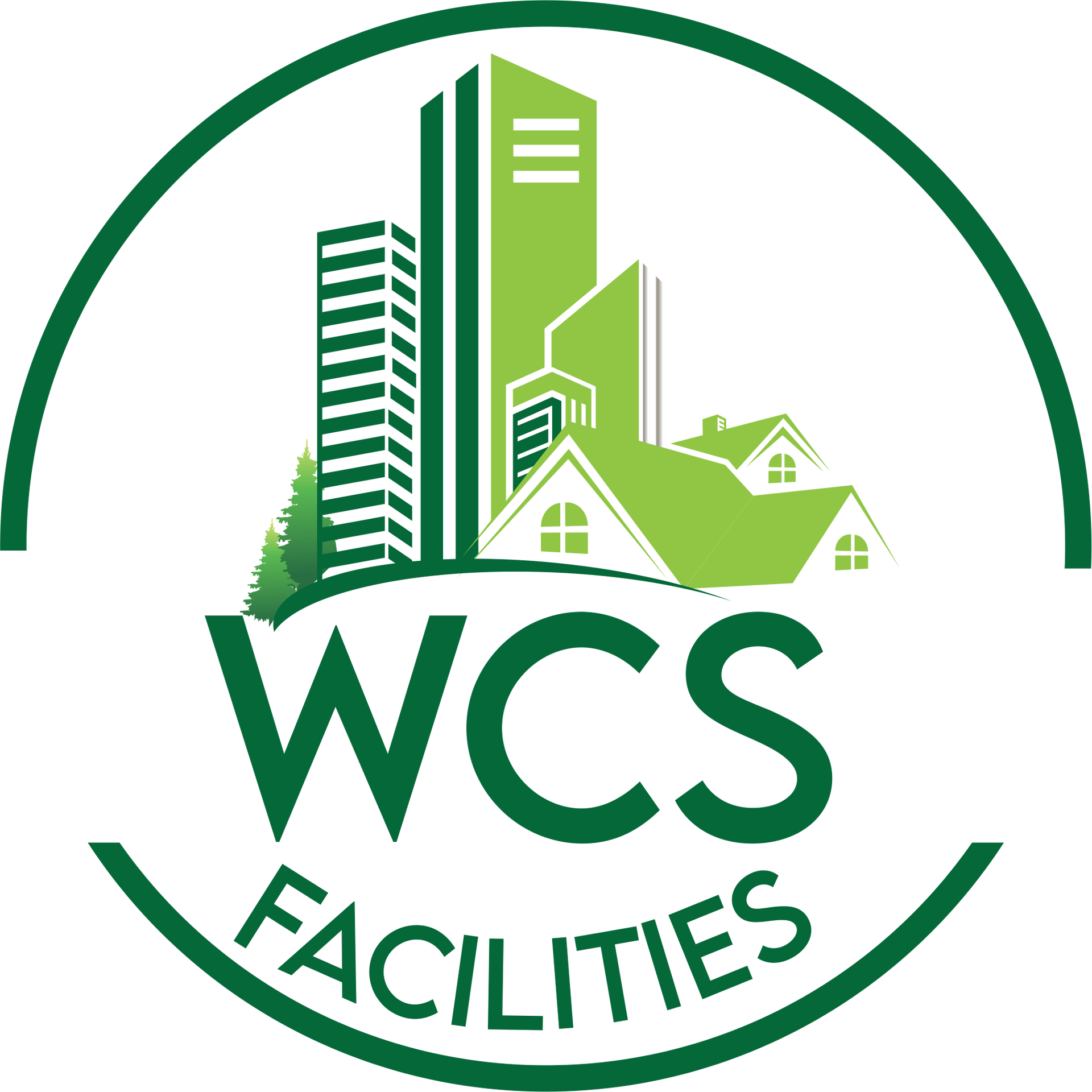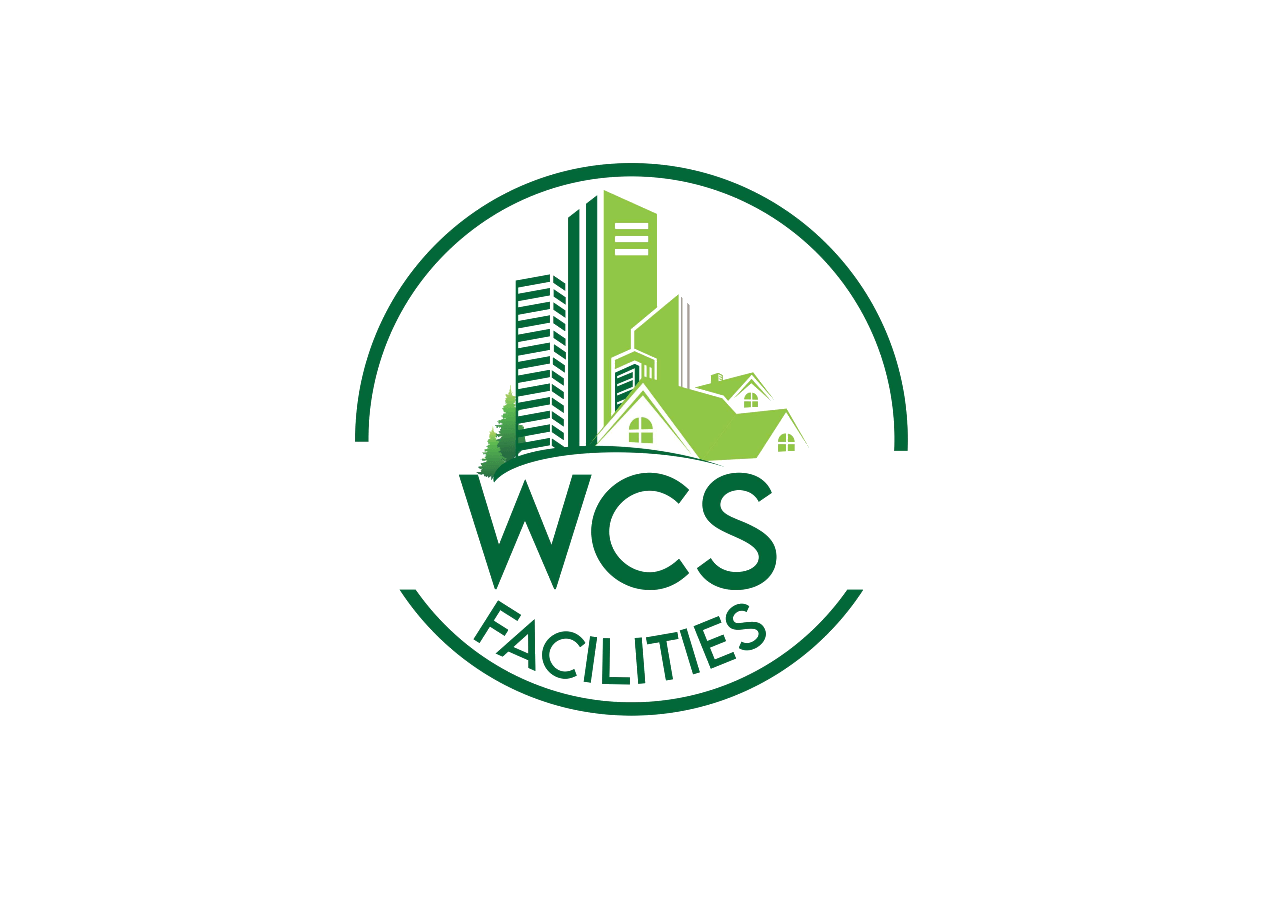Will Property Management Be Automated?
Can Property Management Be Automated?
In the increasingly digital world, automation is becoming a major focus for businesses. When it comes to property management, automation has the potential to revolutionize the way we manage and track our properties. But will it ever be possible to automate the entire process?
What Is Automation in Property Management?
Automation in property management typically refers to the use of software or robotics to handle many of the tasks associated with managing a property. This can include anything from tracking tenant information and payments to managing maintenance requests and scheduling inspections. By automating these processes, landlords are able to save time and effort while also ensuring accuracy with their records.

The Benefits of Automating Property Management
The most obvious benefit of automating property management is that it saves time and money for landlords. It eliminates manual data entry which can be both tedious and error-prone, as well as streamlines processes such as tenant onboarding, rent collection, lease expiration reminders, and more. This allows landlords to focus on other aspects of their business rather than spending hours manually tracking down data or chasing after tenants for late payments.
Automating property management also reduces paperwork by allowing all documents to be stored electronically, making them easily accessible anytime they need them. This means that landlords don't have to worry about losing important documents or wasting time searching through filing cabinets when they need something specific. Additionally, automated systems can provide useful insights into how well your business is performing financially by providing detailed reports on income, expenses, and other metrics that you wouldn't necessarily get from manual bookkeeping methods.
Will Property Management Ever Be Fully Automated?
At this point in time, it doesn't seem likely that property management will ever be fully automated due to the nature of the job itself. For example, tasks such as collecting rent require personal interaction between landlord and tenant which cannot be replaced with an automated system. It's also difficult for robots or computer programs to take into account certain nuances of tenant behavior such as whether they are reliable tenants or not.
That said, there are still many aspects of property management that can benefit from automation such as tracking rental payments, issuing invoices and sending out lease renewal notices – all without having a human involved in these processes every step of the way.
How Automation Is Changing Property Management
In conclusion, while it may not ever be possible for property management to become fully automated due to certain limitations related to human interaction required by some tasks like rent collection; there are still plenty of ways that automation can help make managing properties easier, faster and more efficient than ever before including tracking rental payments and issuing invoices quickly and accurately without any manual labor involved whatsoever!
Not only does this save landlords significant amounts of time but also money since they don’t have hire additional staff members just for these administrative tasks anymore! Automation is certainly transforming many aspects of property management today - so if you haven’t already looked into what automation can do for your business then now would definitely be a great time start!
You might also like




